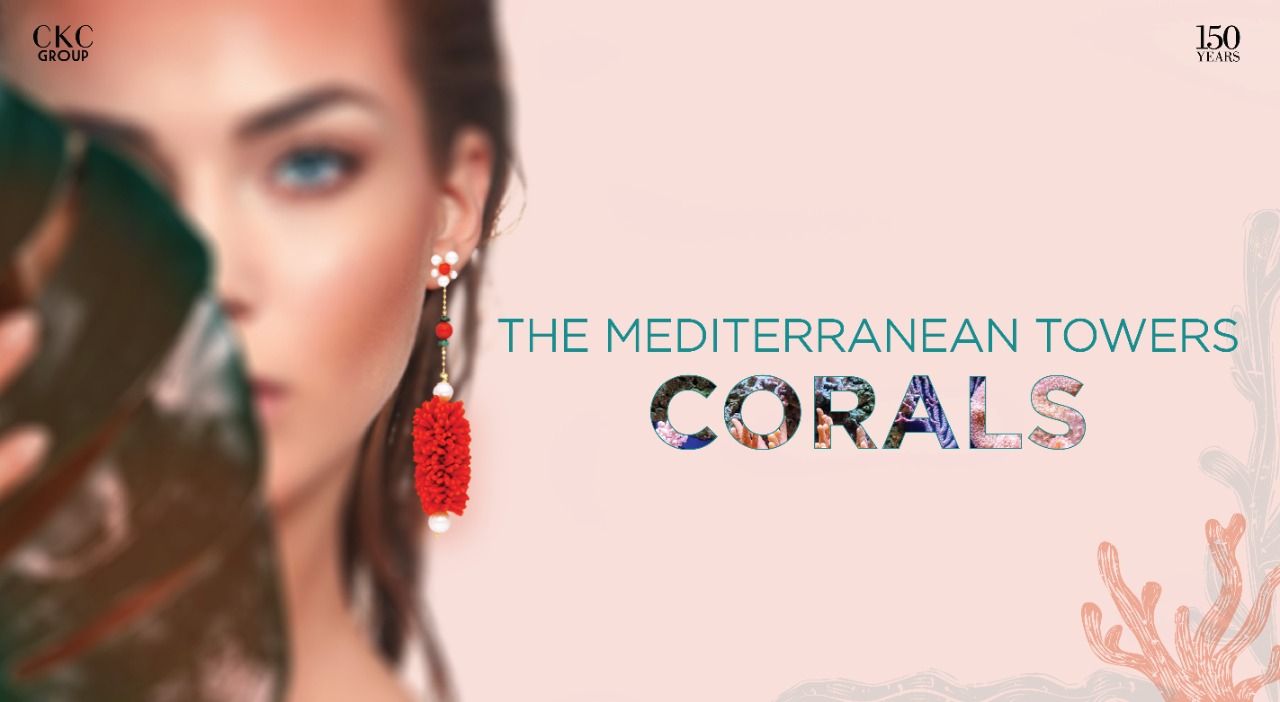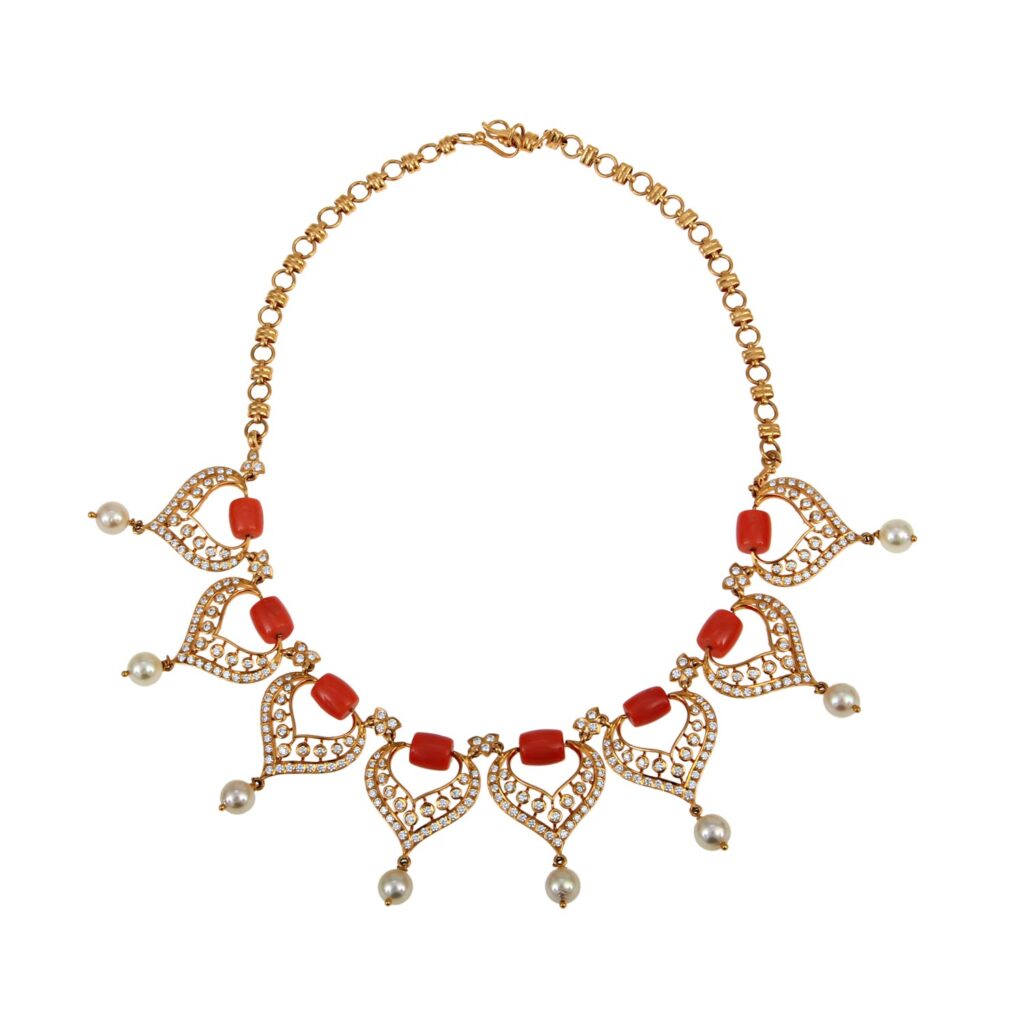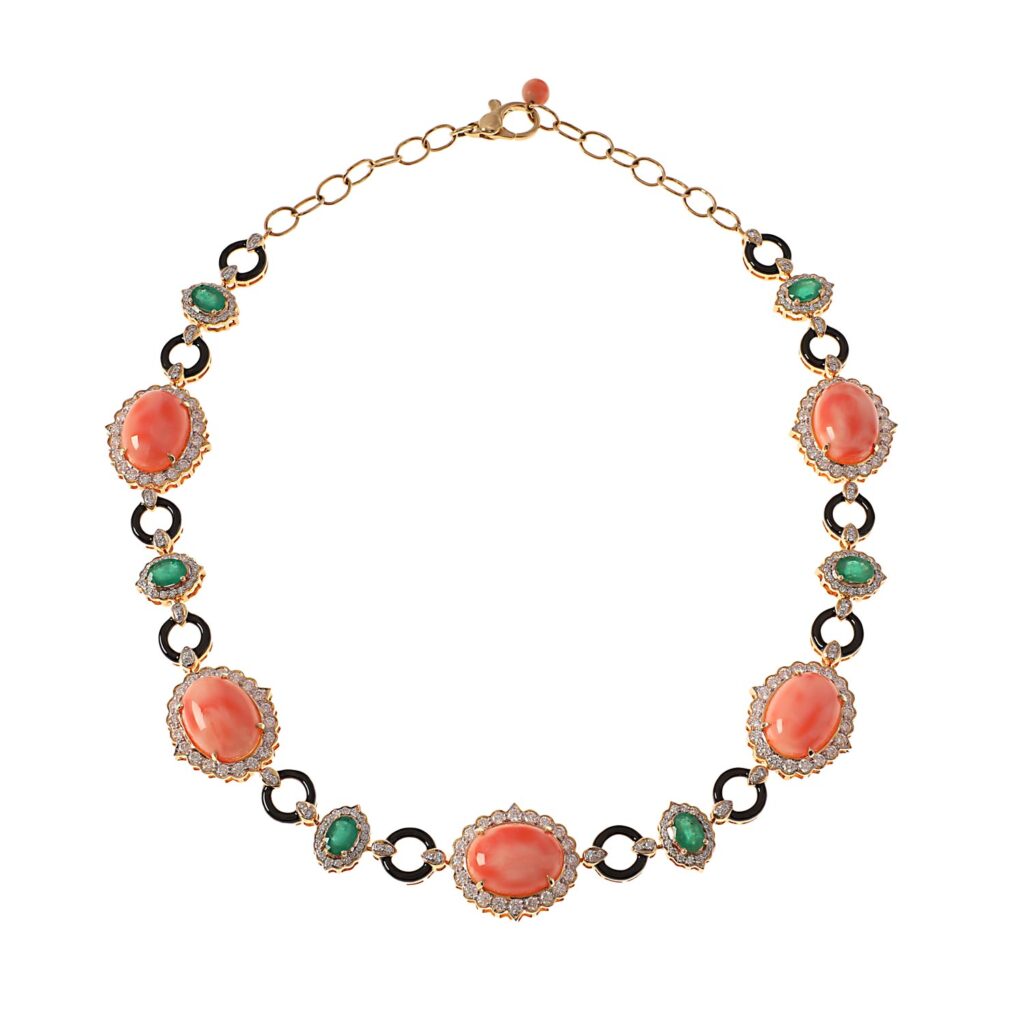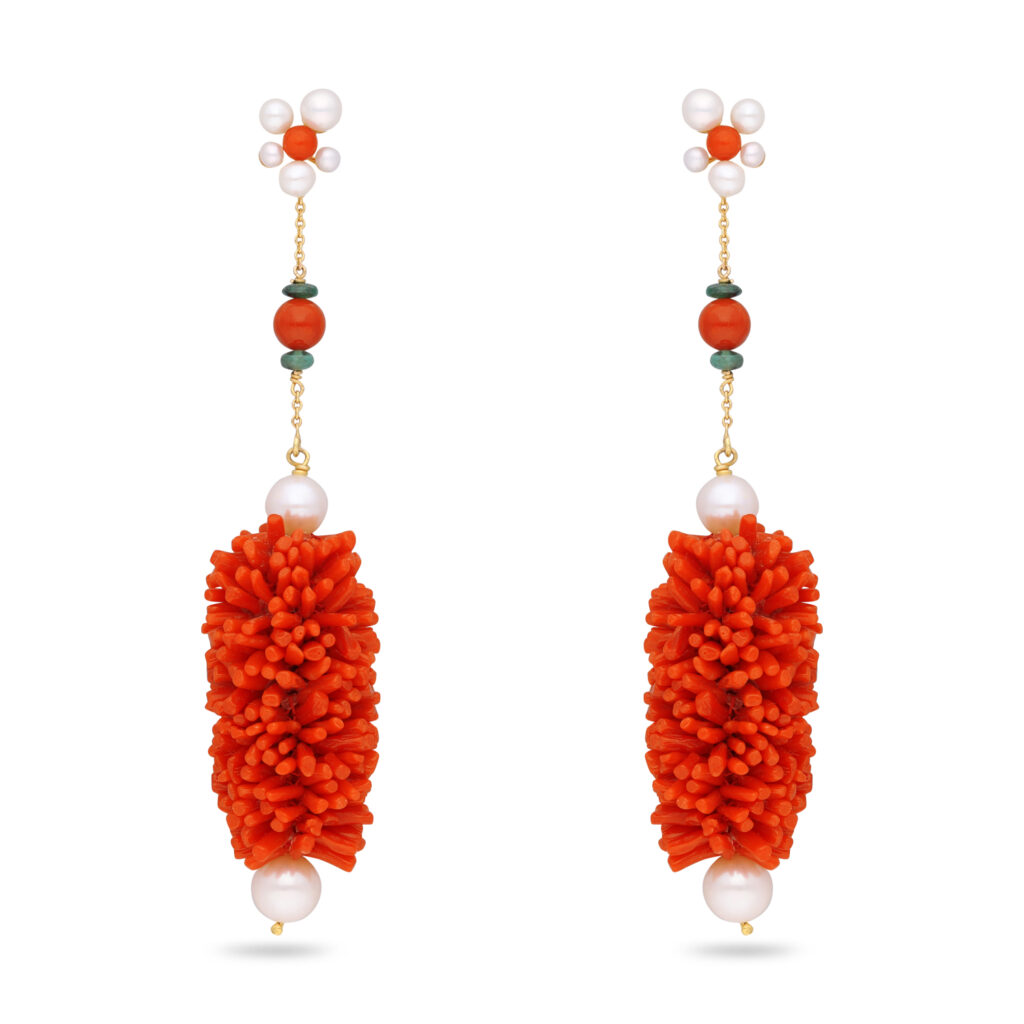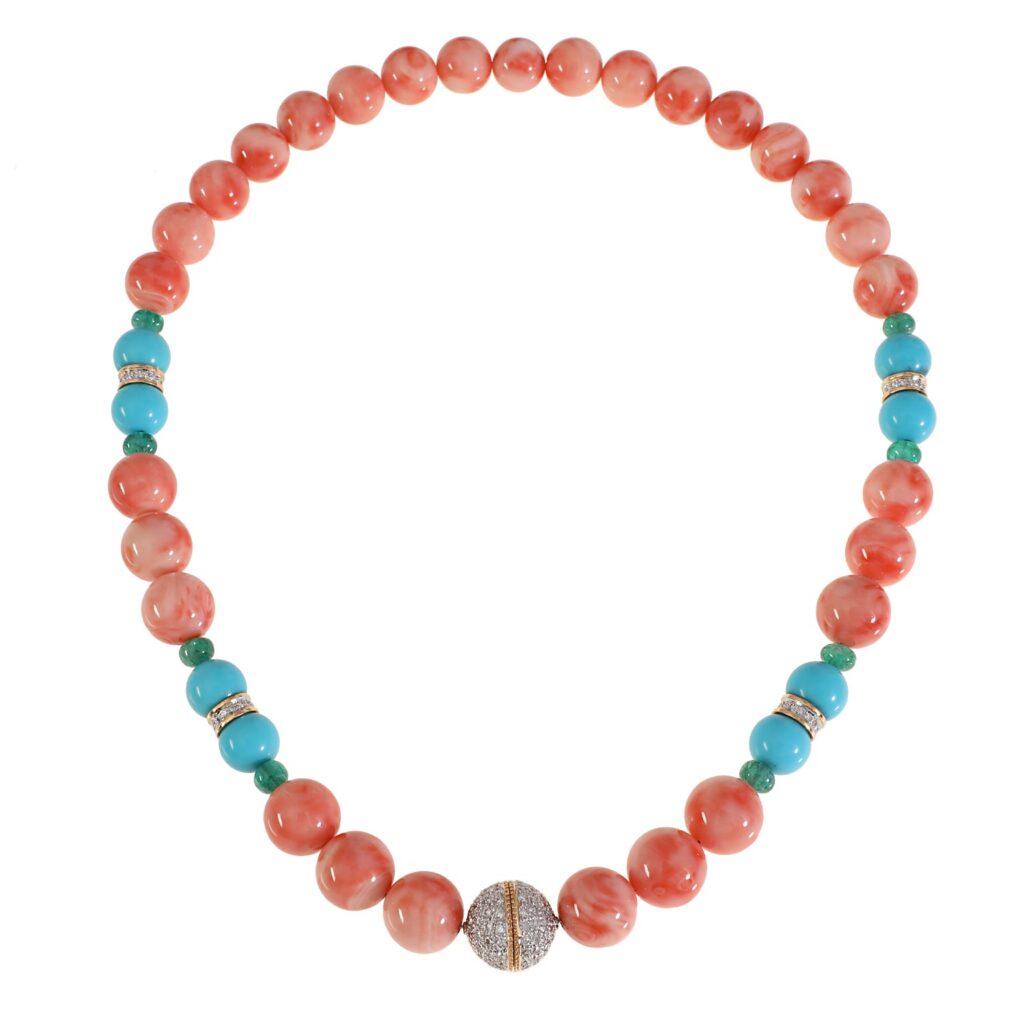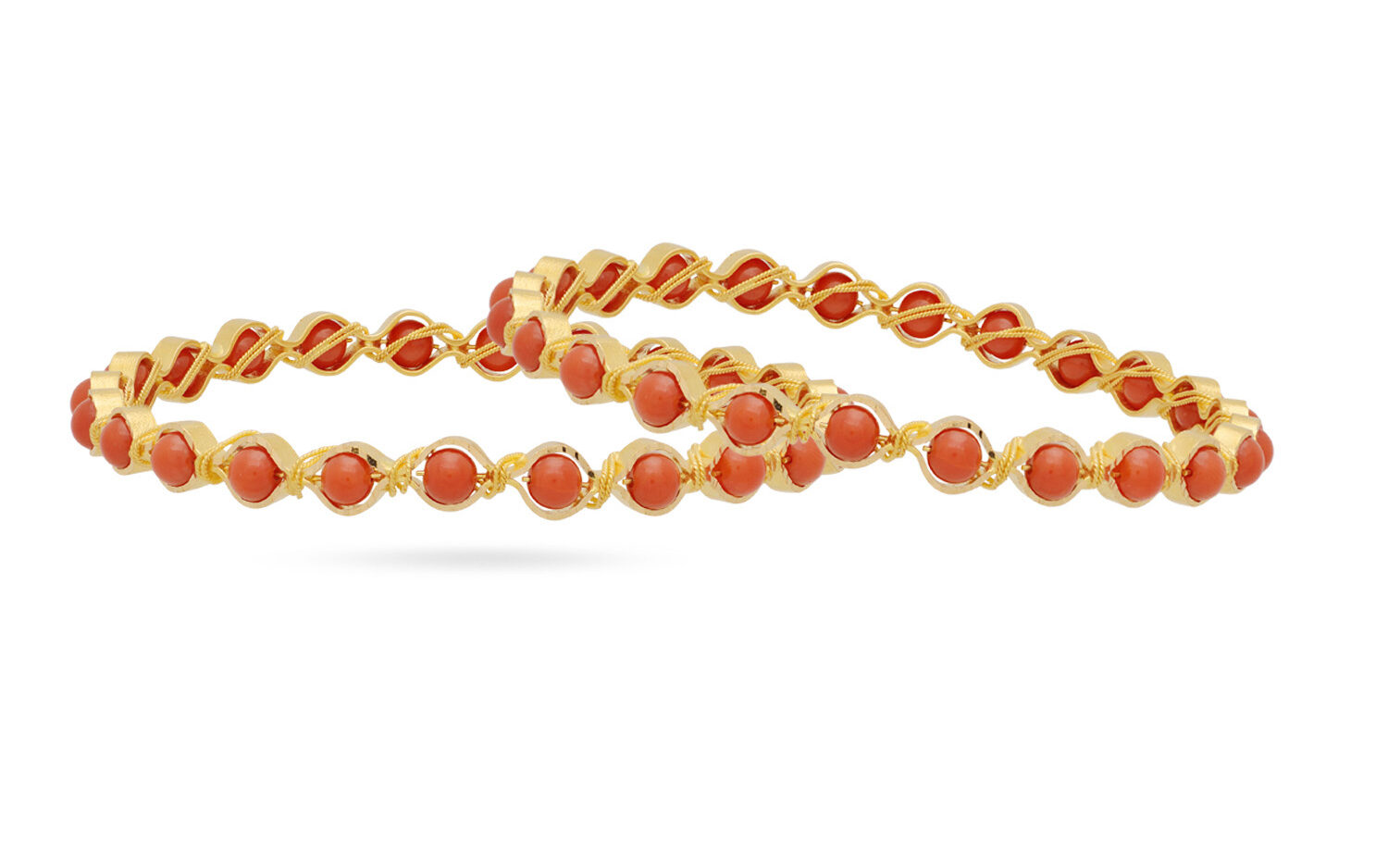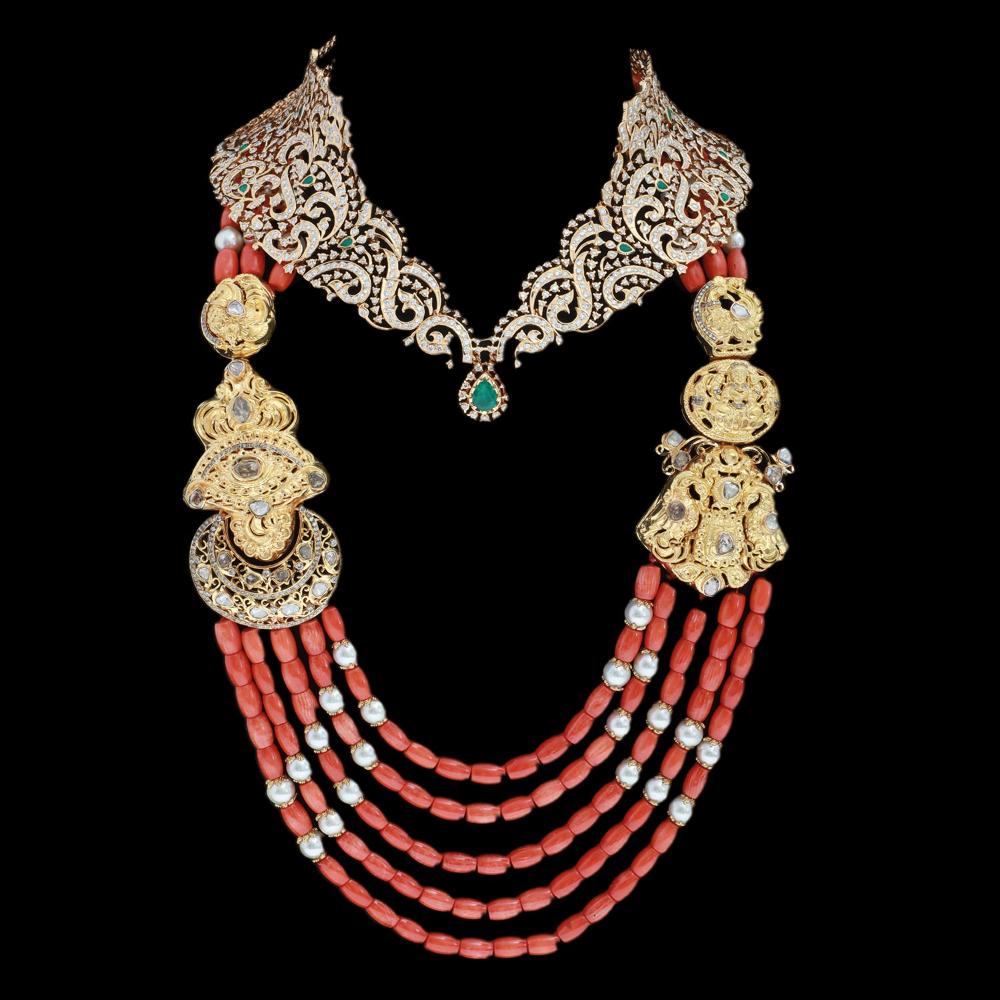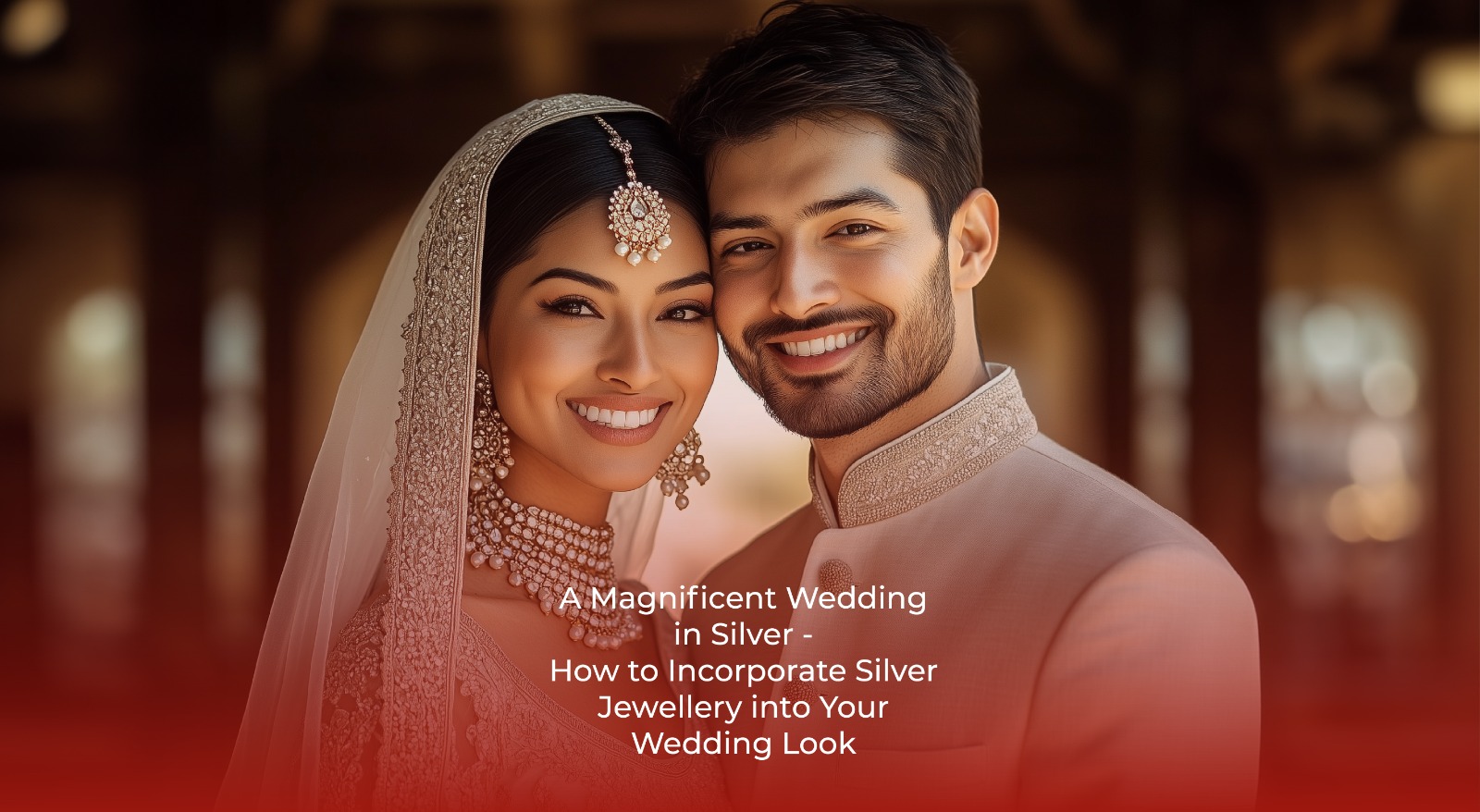The Mediterranean Corals – All You Need to Know to Buy Coral Jewelry
The Panorama view of the cities with its colourful architectural structures of skyscrapers, buildings, villas, bungalows, and apartments on the shorelines is an experiential sight from above the earth. Can you imagine nature replicating by creating them across miles of coastline spread with its complex three-dimensional structures of mysterious castles?
Any Guesses? YES, the Coral Reefs.
These coral reefs have enhanced high biodiversity and ecosystem functioning at every level in the water, a treat to the human eye during snorkelling and scuba diving.
Wow! A paradise that has taken centuries to evolve, providing tourist-attracting to enjoy the underworld of this magnificent rainforest of the ocean. Although coral reefs cover less than 1% of the earth’s surface, these coral reefs provide food and shelter to a variety of marine life, including four thousand species of fish.
Although corals look like colourful plants with firm root footing on the seafloor, they are marine invertebrates with no spine or backbone. Each of them is known as a polyp. These polyps live in harmony to form colonies, forming coral reefs. These amazing structural bodies living together mould themselves into fabulous structures resembling brains, pillars, Elkhorn, staghorn, Sea fan and more. When matured, these polyps multiply themselves to form reefs, but they remain unique in their body colour, surface and growth patterns.
Corals are therefore classified as “organic gemstones,” with other main gems being pearls and amber. Like pearls made of nacre, coral is from the carbonate secretions which form the structure of these coral polyps, forming hard corals of a stiff limestone skeleton. While soft coral made of protein appears more delicate, growing in a tree-like or spiral formation.
The gem coral is trusted to have been used as a gemstone in jewellery for centuries. The characteristic of this soft gemstone became popular due to the easy lapidary process, making it popular to blend into myths, cultures, religions and traditions. The people of Egypt and Ancient Rome hung coral beads around their children to protect them against magic spells. There is no wonder that these gems have proved human with many benefits.
C. Krishniah Chetty Group of Jewellers has further emphasised these marine gifts of precious or noble corals without disturbing their vibrant shade of dark red to rose to whites and setting them into fine jewellery in limitless collections and artefacts. Few have been reserved as unset gemstones in a designated section for astrological purposes, along with the customary coral beads that are a part of the wedding collections available in pairs in varying sizes, weights and shapes of rounds to tubular. Large corals are available with cravings or shaped with different outlines such as ovals, triangular, square, half rounds and other designer shapes, apart from some unusual structures like finger corals produced by the branching corals, exclusively harvested from the coast of the Mediterranean Sea.
Corals being soft by nature, can easily be crafted into roses, cameos, bud corals, bead corals and in other distinct shapes like round, barrel, triangular, square and fancy cuts. These shapes have inspired their use in paintings, jewellery, sculptures and crafts that are known to be in great popularity even today.
This beautiful soft gem undoubtedly also needs care and protection from abuses to retain its lustre for a long time. Therefore, ensure that corals are free from getting scratched. Avoid cosmetic, skin care products and perfumes encountering precious corals.
Care for corals, have them rinsed in water and wipe them clean with a soft cloth before storing them. Place them away from other jewellery to prevent scratches.
Did you know?
Vintage pieces of corals fetch astronomical prices at auction houses based on their age.

